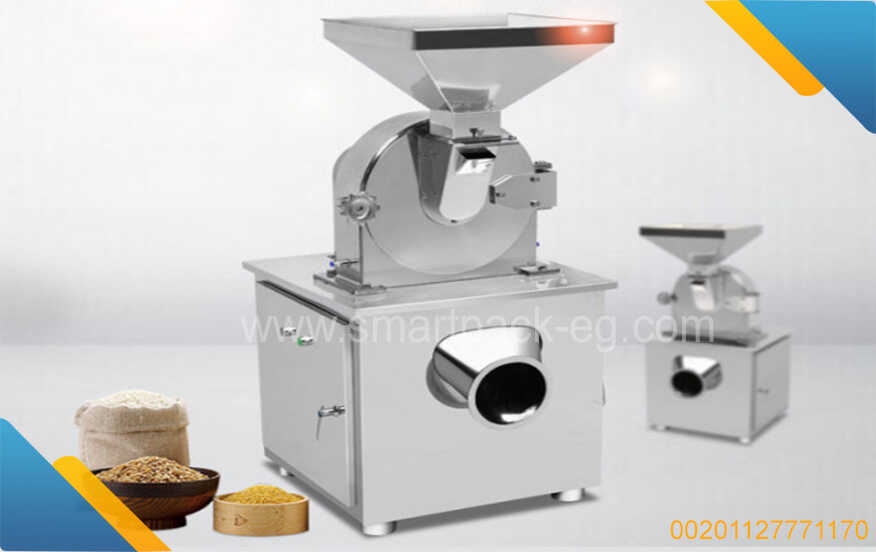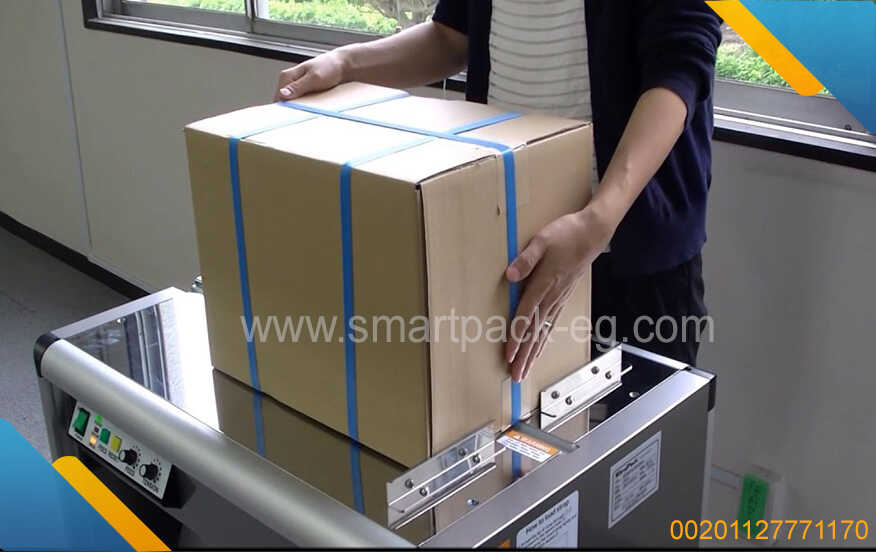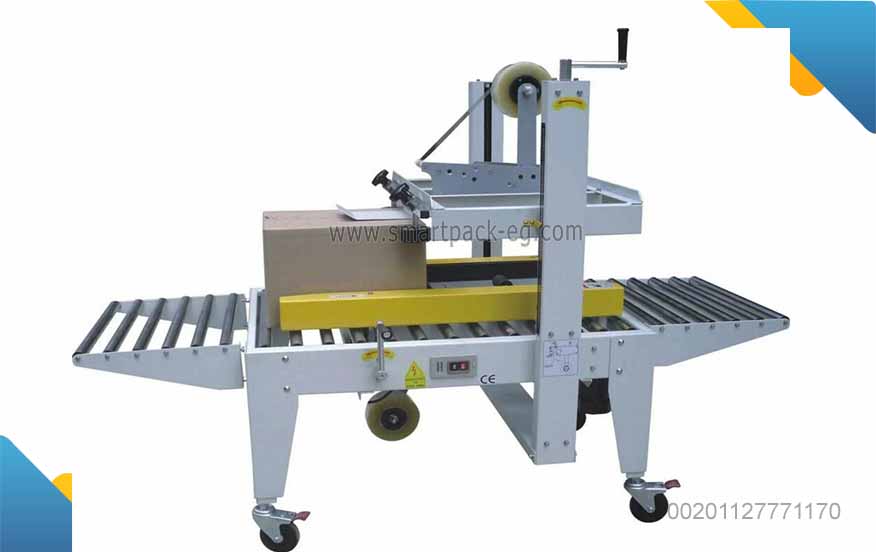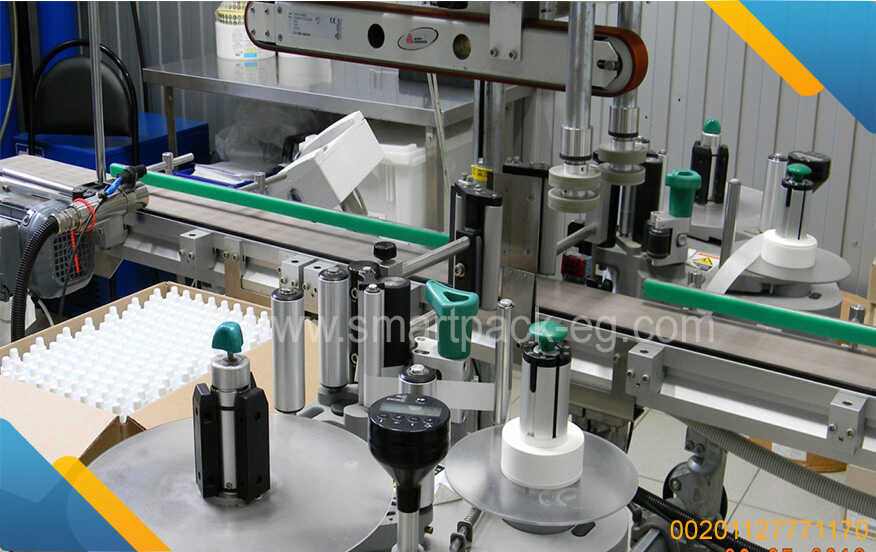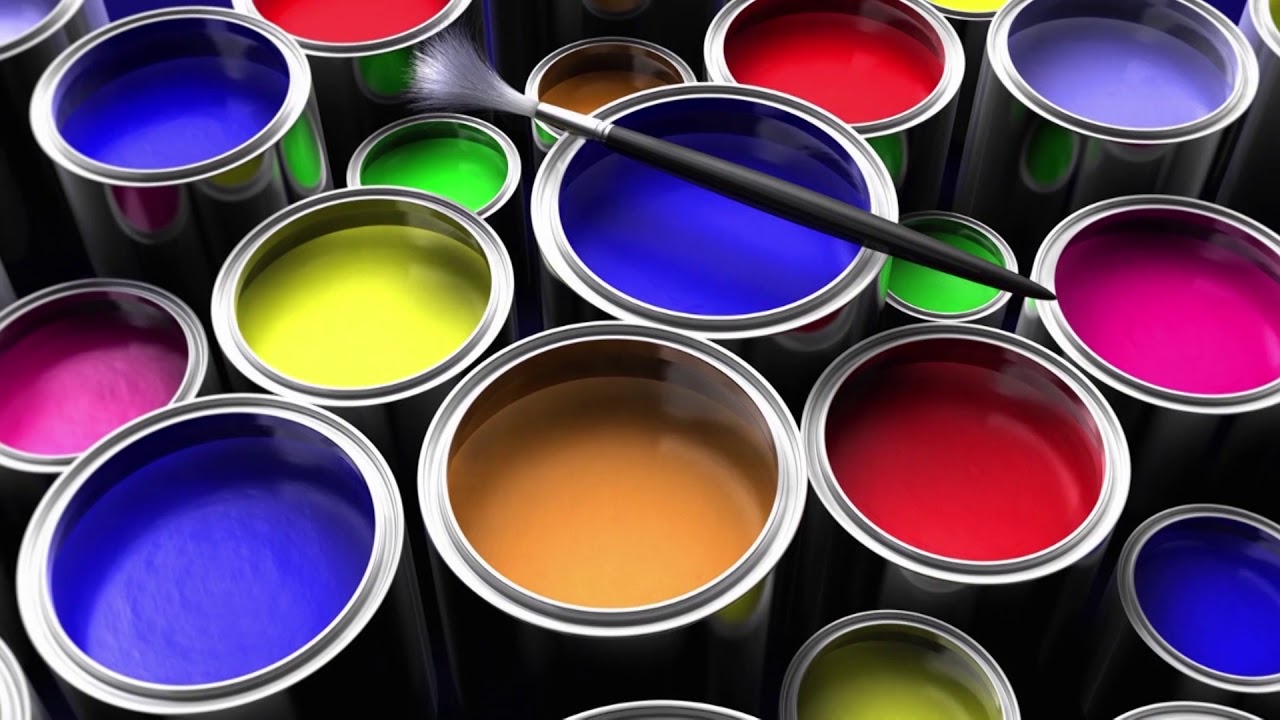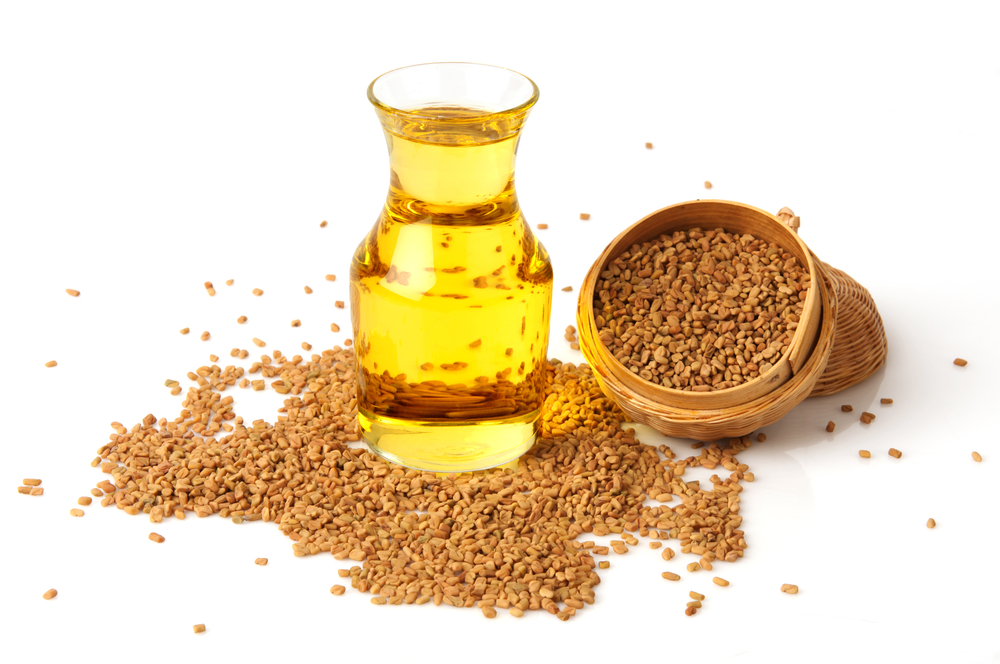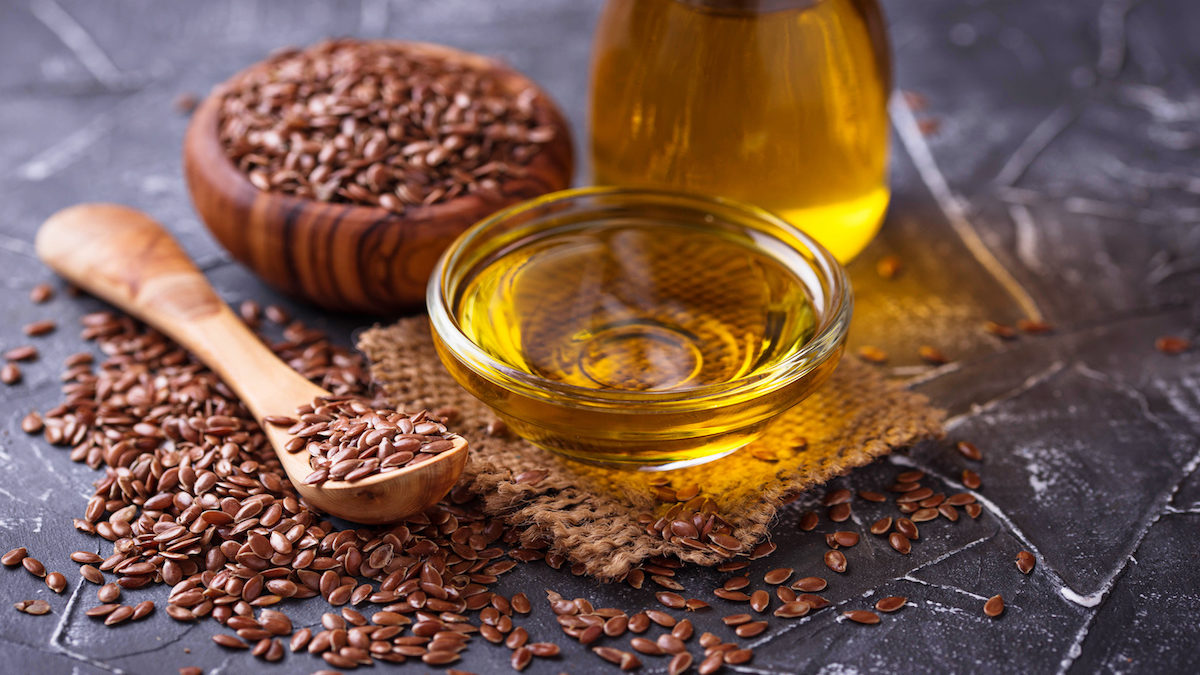How to Guide: Sensitive Skin Production and Packaging Factory Machines
Introduction:
Sensitive skin products require special care during the manufacturing process to ensure the highest quality and safety standards are met. In this guide, we will explore different types of machinery used in sensitive skin production and packaging factories, along with their components and functions.
Table of Contents:
- Introduction
- Importance of Sensitive Skin Production and Packaging
- Types of Machines Used
a. Mixing and Blending Machines
b. Filling Machines
c. Labeling Machines
d. Packaging Machines - Components and Functions
a. Motor and Power Source
b. Control Panel
c. Conveyors and Belts
d. Nozzles and Dispensing Systems
Importance of Sensitive Skin Production and Packaging:
Sensitive skin products are specifically designed to minimize irritation and allergic reactions. To maintain the integrity of these products, it is crucial to have manufacturing processes that prevent contamination and ensure precise measurements. Proper packaging is also essential to protect the product from external factors that may compromise its quality.
Types of Machines Used:
a. Mixing and Blending Machines:
These machines are utilized to mix and blend ingredients to create the sensitive skin products. They have specific functions such as emulsifying, dispersing, and homogenizing the components. Common types include:
- Emulsifiers: These machines are used to mix water-based and oil-based ingredients together, ensuring proper incorporation and stability.
- Dispersing Machines: They help break down solid particles into smaller sizes to achieve a homogeneous mixture.
- Homogenizers: These machines ensure uniformity by breaking down larger particles into smaller sizes, resulting in a smooth and consistent mixture.
b. Filling Machines:
Filling machines are responsible for accurately filling the sensitive skin products into containers. They come in various types, including:
- Piston Fillers: Ideal for thicker products, these machines use a piston-driven mechanism to measure and dispense specific volumes.
- Gravity Fillers: Suitable for liquids, they rely on gravity to control the filling process, delivering precise amounts into containers.
- Vacuum Fillers: If the product needs to be filled without causing foaming or damage, vacuum fillers provide a solution.
c. Labeling Machines:
Labeling machines are used to apply labels on containers, enabling clear identification and compliance with regulatory requirements. Common types include:
- Pressure Sensitive Labelers: These machines apply adhesive labels to containers through the application of pressure and contact.
- Sleeve Labeling Machines: Utilizing heat, sleeve labelers shrink labels tightly around containers, providing 360-degree coverage.
- Print and Apply Labelers: These machines print labels in real-time and immediately apply them to containers, ensuring accuracy.
d. Packaging Machines:
Packaging machines handle the final stage of production, ensuring the sensitive skin products are securely packaged. They include:
- Shrink Wrapping Machines: These machines apply heat to shrink film tightly around product bundles or containers, providing protection.
- Cartoning Machines: Ideal for primary packaging, cartoning machines can automatically fold and seal boxes, saving time and effort.
- Case Sealing Machines: They ensure sealed and secure cases for shipping and transportation, protecting the products from damage.
Components and Functions:
a. Motor and Power Source:
The motor is the heart of the machinery, providing the necessary power to operate various components. Depending on the size and type of the machine, the power source can vary from electricity to compressed air or hydraulic systems.
b. Control Panel:
The control panel allows operators to adjust settings and monitor the machine's performance. It typically consists of buttons, switches, and a display screen that provides real-time information on parameters such as temperature, speed, and pressure.
c. Conveyors and Belts:
Conveyors and belts transport containers and products through different stages of production. They come in various designs and materials to accommodate different product types and sizes.
d. Nozzles and Dispensing Systems:
Nozzles and dispensing systems control the accurate flow and dispensing of the product. They enable precise measurements and minimize wastage during the filling process.
Conclusion:
Sensitive skin production and packaging factories require specialized machinery to maintain product quality and safety. By understanding the different types of machines and their components, you are better equipped to ensure precision, efficiency, and effectiveness in the manufacturing process. Always follow safety protocols and keep the machinery well-maintained to achieve optimal results in producing sensitive skin products.



 Admin
Admin 